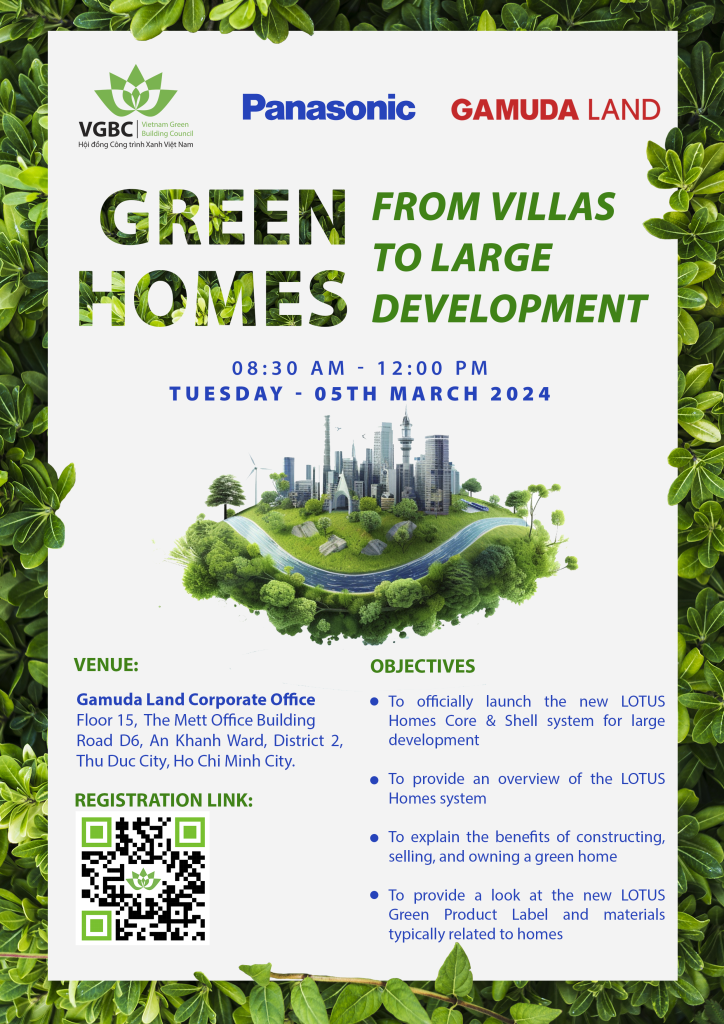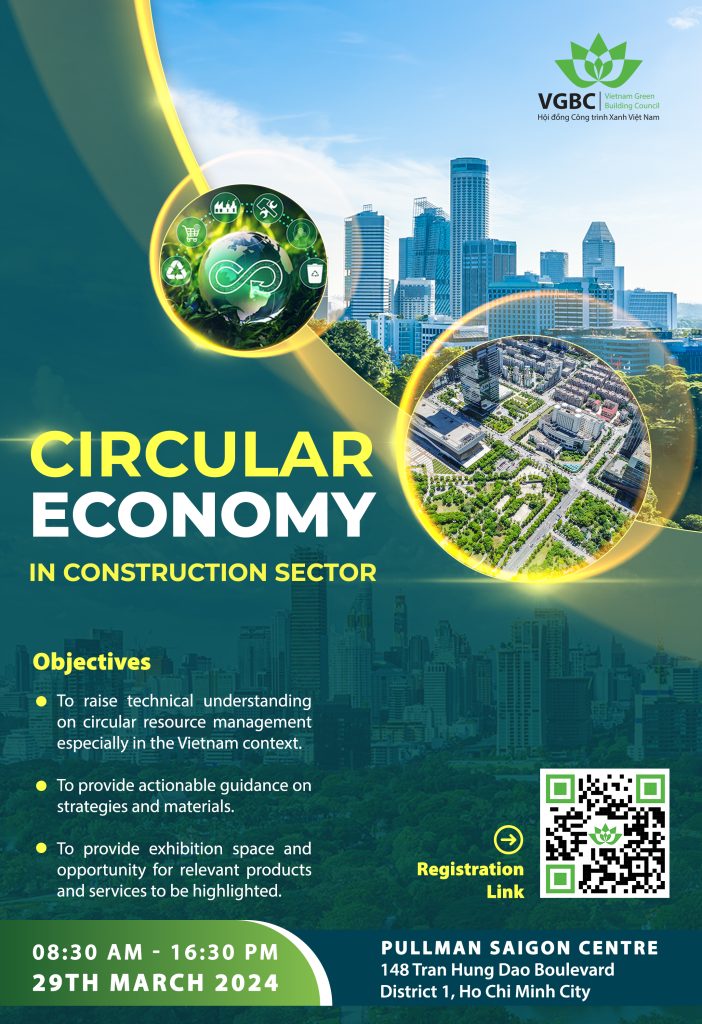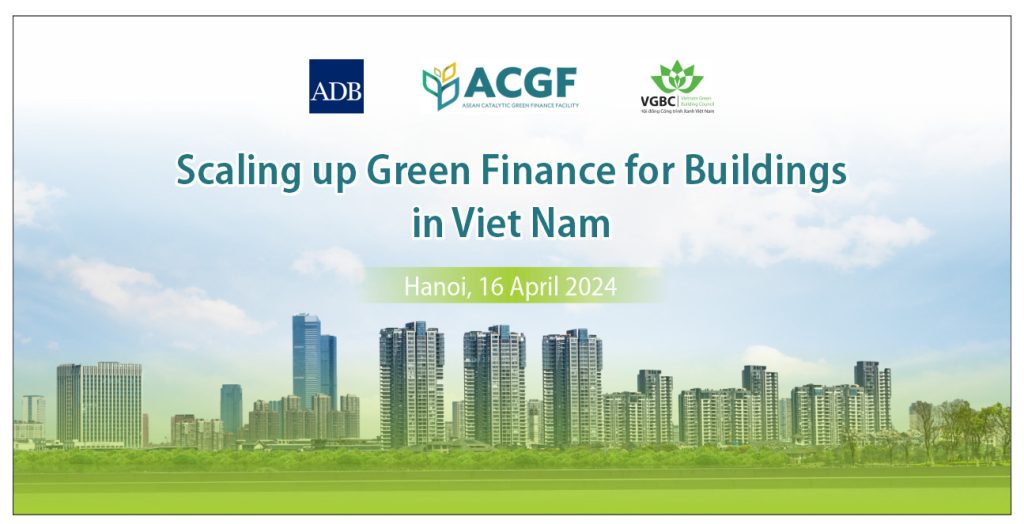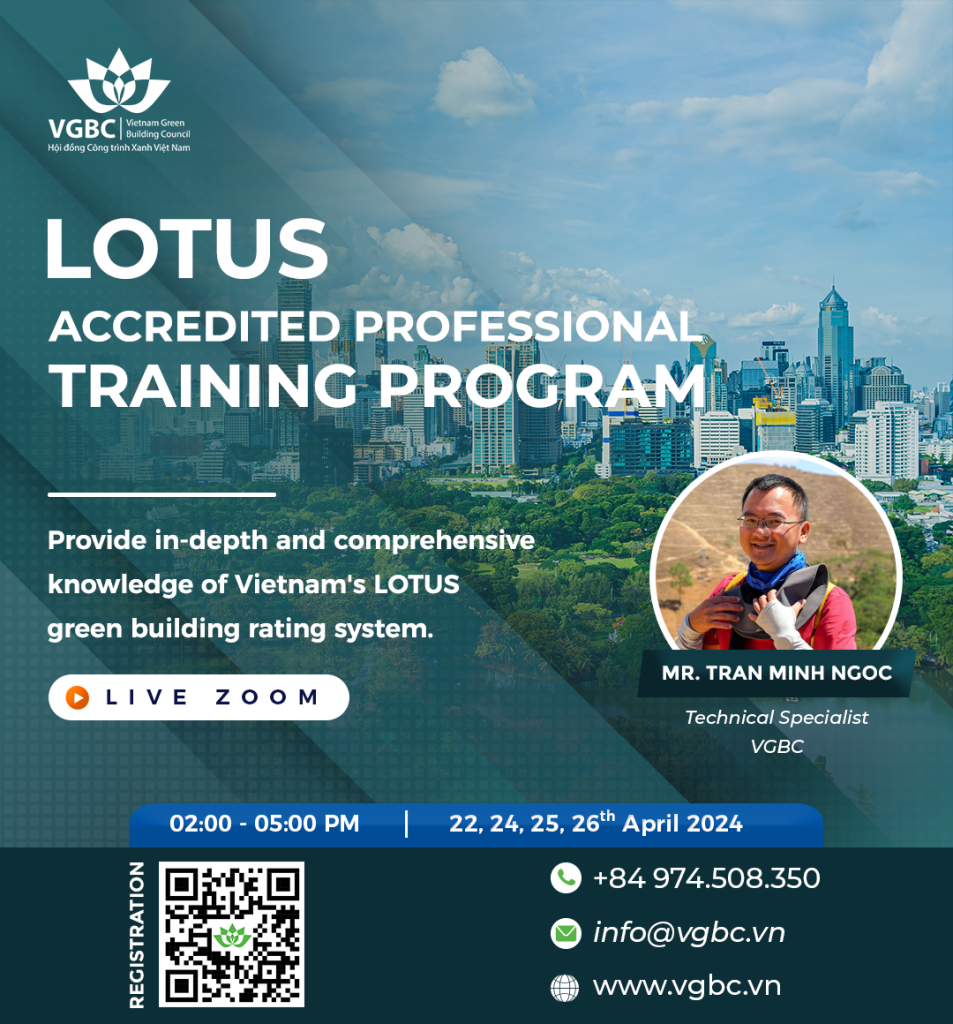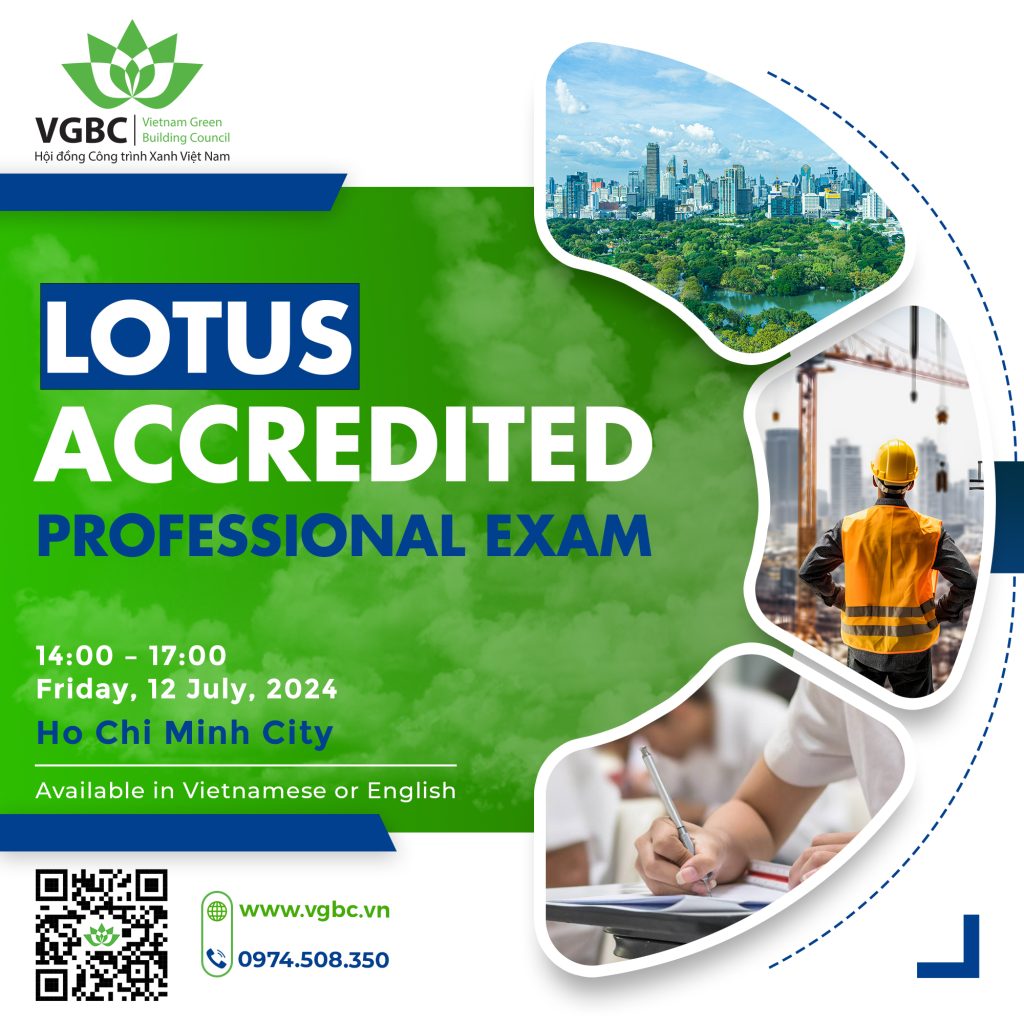Why Green Building is Crucial for Vietnam’s Garment and Textile Industry
Introduction
In Vietnam, the garment and textile industry is a mainstay of the economy. The country’s GDP in 2018 was 16% from this sector alone. It employs 2.7 million people. The textile industry is also an important employer of women who make up 82% of all employees in the sector. But with rapid growth comes difficult challenges that threaten to harm both workers and consumers alike. One such problem is air pollution caused by factories emitting hazardous chemicals into the environment during production (especially when they lack adequate energy efficiency). This pollution is harmful not only to humans but also to natural resources such as soil, air, water sources, and wildlife causes. Globally, the apparel industry is also one of the largest contributors to greenhouse gas emissions, responsible for more than twice as much CO2 as all international flights and maritime shipping combined. With a growing demand for sustainable development, it’s crucial for this labour and energy intensive sector to implement sustainable practices to meet the needs of its customers. So what can be done about this?
Progressive manufacturers and brands already are looking for ways to reduce their environmental footprint and increase their sustainability credentials. In recent years, green building certification has been gaining traction in Vietnam as an important tool for integrating environmental considerations into the development and construction industries. The garment and textile export industry is one such sector that will benefit from this trend given its reliance on natural resources.
A garment factory in Vietnam (source: Flickr)
Green building certification in Vietnam
Green building certification is a process that identifies the environmental impacts of buildings and facilities. The goal is to reduce these impacts so that they do not exceed sustainable limits. Green building certification can provide an incentive for sustainable practices at every level: from design to facility management; from raw material sourcing to final product assembly; and all points in between. Green building certification helps ensure that a factory meets basic environmental standards such as waste management, energy efficiency, air quality control, water conservation practices, etc.
Many green building certification programs have been developed to address the specific needs of different countries. Two of the most popular and well-rounded green building certification programs in Vietnam are LEED, created by the US Green Building Council (USGBC), and LOTUS, developed by the Vietnam Green Building Council (VGBC).
-The first certification is LEED. This program was created by the US Green Building Council and has been around since 1998, making it one of the oldest green building certification programs available to developers today.
-The second certification is LOTUS. This program was developed by the Vietnam Green Building Council and is a relatively new certification, having been around since 2010.
Both of these programs are recognized internationally as being among some of the most rigorous green building certifications available today in terms of both environmental sustainability standards for buildings but also social responsibility practices.
LEED and LOTUS are two main green building certifications in Vietnam (source: VGBC and USGBC)
Current development
By the end of 2020, Vietnam has 93 projects awarded LEED certification (of which 56% are factories) and 34 projects awarded LOTUS certification (of which 26% are factories), with many more projects in progress expecting to apply for these certifications. Most of the factories that received LEED or LOTUS certifications so far are in the garment and textile sector.
A prominent example is the DBW garment factory in Long An province. This is the first project to have achieved dual Platinum certification under LEED and LOTUS. This was accomplished by a 44.3% improvement in energy efficiency, providing external view to 98% of occupied space while also being able to cool buildings with vegetation on its roof at the same time.
Another example is the Dong Phu Cuong garment factory in Phu Cuong industrial cluster, Dong Nai province. The project achieved LOTUS Platinum certification and was able to achieve 61.5% improvement in energy efficiency, 40.9% improvement in water efficiency. It Improved the indoor air quality by using all paints, coatings, adhesives sealants having low-VOC content. Providing fresh air supply, daylighting and external views also greatly improves the health and wellbeing for workers and staff. It also helped limit the heat island effect on site thanks to high SRI roofing, open grid pavement as well as white concrete that absorbs less solar radiation than black asphalt pavements.
Many other projects are either exploring or already registering for one of these green building certifications, especially among FDI projects. However, with more than 3,000 garment and textile factories in the country, there’s still lots to be done to green this resource-intensive but still hugely important pillar of the economy.
DBW factory, the first project in Vietnam to achieve dual Platinum certification under LEED and LOTUS
Dong Phu Cuong garment factory achieved LOTUS Platinum certification in 2018
Experience in another apparel export powerhouse
Bangladesh has been competing with Vietnam for being the second biggest garment exporter. For Bangladesh, the apparel industry plays an even bigger role in the economy. It accounts for 80% of the country’s exports while employing around 4 million people. In the past, the industry had a poor reputation for bad working conditions and worker safety. In recent years, as other countries have competed to provide low-cost garments due to cheaper labor costs elsewhere, Bangladesh has made improvements in infrastructure and skills training to maintain its competitive advantage.
It is then unsurprising that green building certification has also received a lot of attention and support from both the private sector and the public domain. For example, if a factory in the business of knitwear or woven garment manufacturing obtains a green building certification, the income tax rate is 10% (instead of 12%). In 2016, the Central Bank of Bangladesh announced a US$200 million “Green Transformation Fund” that will initially focus on green transition of manufacturing practices in the textile and leather sectors. In early 2021, the Bank also made it mandatory for 2% of all loans issued by the nation’s banks to be devoted to green projects.
Though still in early development stage, these initiatives have pushed the garment and textile industry to a more sustainable path. By the end of 2020, Bangladesh has 150 projects awarded LEED certification, 84% of them are factories (mostly in the apparel industry). These efforts have played a major role in maintaining the reputation and competitive advantage of the country’s foremost exporting sector.
LEED-certified projects in Vietnam and Bangladesh
LEED project types in Vietnam and Bangladesh
In challenges lie opportunities
What is holding us back? One of the most commonly cited reasons for not building green is the perceived higher upfront costs. The experience so far shows that green building certification is within the financial and technical reach of most projects in the garment and textile industry. Of course it will certainly help if there are some policy support or incentives. In March 2021, the government issued Decree 15/2021/NĐ-CP, which is the first government decree to have codified the concept of green building and green building certification. A guiding circular and concrete policies will probably soon follow.
However, we believe the attractiveness of green building lies in its own business case. The benefits of green building have been clear and proven. The business case for green building is especially strong in situations where the project is built and operated by the owner, such as schools and factories. It’s also important to note that while energy efficiency is a crucial aspect, green building is not all about engineering-based solutions, or at least that’s the case in LOTUS. It’s possible to incorporate nature-based architectural solutions that often exert less burden on the project budget. At the same time, it can drastically improve the comfort and experience of building occupants. It also includes criteria aiming to mitigate issues commonly seen in cities in a developing, tropical country like Vietnam, such as air and water pollution, noise and traffic congestion, flooding and climate-related risk, lack of green space and green infrastructure, etc.
LOTUS strives to be a holistic system, covering the full spectrum of what it means to be sustainable, including both “soft” and “hard” credits and effectively building up the important aspects for projects in the Vietnamese context. In LOTUS, it is believed that good planning, social inclusion, and other community aspects are as important as energy efficiency and other engineering aspects. Inevitably, when selecting a green building certification program for a certain project, many factors will have to be considered.
Final Remarks
Vietnam, and coincidentally, like Bangladesh, is one of a few countries most severely affected by climate change and rising sea level. The government has recently raised the emission reduction target (from 8% to 9%) in its commitment to the Paris Agreement. Green building programs are highly feasible and economical solutions that not only reduce emissions, increase national energy security but also improve the air quality and wellbeing of the people. The garment and textile industry, being a significant pillar of the economy, should and certainly can be a pioneer in green building adoption.

 Tiếng Việt
Tiếng Việt
